
Clive Staples Lewis was a British writer and lay theologian. He held academic positions in English literature at both Oxford University and Cambridge University. He is best known for his works of fiction, especially The Screwtape Letters, The Chronicles of Narnia, and The Space Trilogy, and for his non-fiction Christian apologetics, such as Mere Christianity, Miracles, and The Problem of Pain.

The Chronicles of Narnia is a series of fantasy novels by British author C. S. Lewis. Written by Lewis, illustrated by Pauline Baynes, and originally published in London between 1950 and 1956, The Chronicles of Narnia has been adapted for radio, television, the stage, and film. The series is set in the fictional realm of Narnia, a fantasy world of magic, mythical beasts, and talking animals. It narrates the adventures of various children who play central roles in the unfolding history of the Narnian world. Except in The Horse and His Boy, the protagonists are all children from the real world who are magically transported to Narnia, where they are sometimes called upon by the lion Aslan to protect Narnia from evil. The books span the entire history of Narnia, from its creation in The Magician's Nephew to its eventual destruction in The Last Battle.

The Brothers Grimm, Jacob Ludwig Karl Grimm (1785–1863) and Wilhelm Carl Grimm (1786–1859), were German academics, philologists, cultural researchers, lexicographers and authors who together collected and published folklore during the 19th century. They were among the first and best-known collectors of German and European folk tales, and popularized traditional oral tale types such as "Cinderella", "The Frog Prince", "The Goose-Girl", "Hansel and Gretel", "Rapunzel", "Beauty and the Beast", "Little Red Riding Hood", "The Wolf and the Seven Young Goats", "The Three Little Pigs", "Rumpelstiltskin", "Sleeping Beauty", and "Snow White". Their classic collection, Children's and Household Tales, was published in two volumes—the first in 1812 and the second in 1815.
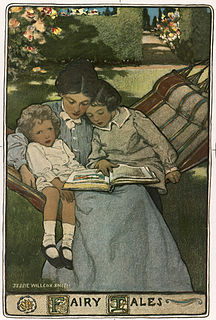
Children's literature or juvenile literature includes stories, books, magazines, and poems that are made for children. Modern children's literature is classified in two different ways: genre or the intended age of the reader.
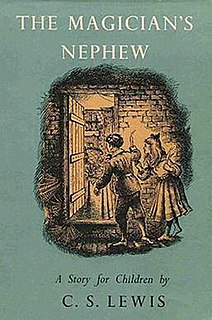
The Magician's Nephew is a fantasy children's novel by C. S. Lewis, published in 1955 by The Bodley Head. It is the sixth published of seven novels in The Chronicles of Narnia (1950–1956). In recent editions, which sequence the books according to Narnia history, it is volume one of the series. Like the others, it was illustrated by Pauline Baynes whose work has been retained in many later editions. The Bodley Head was a new publisher for The Chronicles, a change from Geoffrey Bles who had published the previous five novels.

The Jungle Book (1894) is a collection of stories by the English author Rudyard Kipling. Most of the characters are animals such as Shere Khan the tiger and Baloo the bear, though a principal character is the boy or "man-cub" Mowgli, who is raised in the jungle by wolves. The stories are set in a forest in India; one place mentioned repeatedly is "Seonee" (Seoni), in the central state of Madhya Pradesh.

The Lion, the Witch and the Wardrobe is a fantasy novel for children by C. S. Lewis, published by Geoffrey Bles in 1950. It is the first published and best known of seven novels in The Chronicles of Narnia (1950–1956). Among all the author's books, it is also the most widely held in libraries. Although it was originally the first of The Chronicles of Narnia, it is volume two in recent editions that are sequenced by the stories' chronology. Like the other Chronicles, it was illustrated by Pauline Baynes, and her work has been retained in many later editions.

Tom Hood was an English humorist and playwright, and son of the poet and author Thomas Hood. A prolific author, in 1865 he was appointed editor of the magazine Fun. He founded Tom Hood's Comic Annual in 1867.
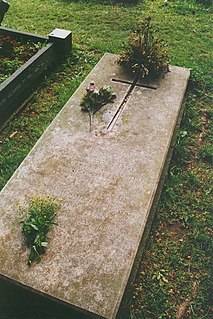
Warren Hamilton Lewis was an Irish historian and officer in the British Army, best known as the elder brother of the author and professor C. S. Lewis. Warren Lewis was a supply officer with the Royal Army Service Corps of the British Army during and after the First World War. After retiring in 1932 to live with his brother in Oxford, he was one of the founding members of the "Inklings", an informal Oxford literary society. He wrote on French history, and served as his brother's secretary for the later years of C. S. Lewis's life.
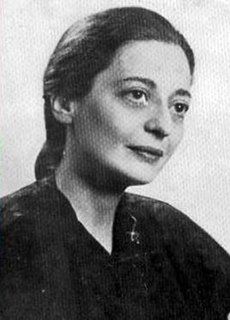
Helen Joy Davidman was an American poet and writer. Often referred to as a child prodigy, she earned a master's degree from Columbia University in English literature at age twenty in 1935. For her book of poems, Letter to a Comrade, she won the Yale Series of Younger Poets Competition in 1938 and the Russell Loines Award for Poetry in 1939. She was the author of several books, including two novels.
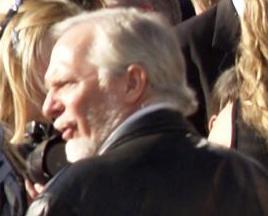
Douglas Howard Gresham is an American British stage and voice-over actor, biographer, film producer, and executive record producer. He is one of the two stepsons of C. S. Lewis.

Pauline Diana Baynes was an English illustrator, author and commercial artist. She contributed drawings and paintings to more than two hundred books, mostly in the children's genre. She was the first illustrator of some of J. R. R. Tolkien's minor works and of C. S. Lewis's Chronicles of Narnia.
The hallmarks of her work were a talent for lively, imaginative designs; the ability to create a sense of energy and animation; a confident fluidity of line; a bold use of vibrant, gem-like colours and the subtle employment of negative space.
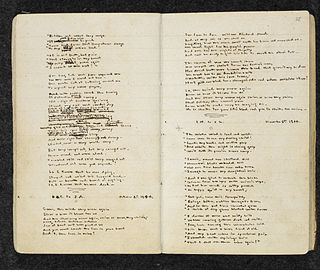
A paracosm is a detailed imaginary world. Paracosms are thought generally to originate in childhood and to have one or numerous creators. The creator of a paracosm has a complex and deeply felt relationship with this subjective universe, which may incorporate real-world or imaginary characters and conventions. Commonly having its own geography, history, and language, it is an experience that is often developed during childhood and continues over a long period of time, months or even years, as a sophisticated reality that can last into adulthood.

Fantasy literature is literature set in an imaginary universe, often but not always without any locations, events, or people from the real world. Magic, the supernatural and magical creatures are common in many of these imaginary worlds. Fantasy literature may be directed at both children and adults.
Henny Penny, more commonly known in the United States as Chicken Little and sometimes as Chicken Licken, is a European folk tale with a moral in the form of a cumulative tale about a chicken who believes that the world is coming to an end. The phrase "The sky is falling!" features prominently in the story, and has passed into the English language as a common idiom indicating a hysterical or mistaken belief that disaster is imminent. Similar stories go back more than 25 centuries; it continues to be referred to in a variety of media.
Walter McGehee Hooper is a literary advisor of the estate of C.S. Lewis. He was a literary trustee for Owen Barfield from December 1997 to October 2006.
The Homelands are the mythical lands from fairy tales, folklore, and nursery rhymes in the comic book series Fables. The majority of those listed have been conquered by the mysterious Adversary, as he has conquered most of the European Fable lands. This is a list of the Homelands that have been directly referenced in Fables and its spin-offs Jack of Fables, Cinderella: From Fabletown with Love, Cinderella: Fables are Forever and Fairest.
Spensonia is a fictional Utopian country created by the English author and political reformer Thomas Spence. Spence laid out his ideas about Spensonia in a series of literary works published in the late 18th century:
The writings of C. S. Lewis.
William Thompson Kirkpatrick was an Irish teacher and grammar school headmaster. He is best known for having been the tutor of the two Lewis brothers from Belfast, Warnie Lewis and C.S. Lewis. C.S. Lewis, who would later become well known as a literary critic, novelist, and Christian apologist, lived as a resident pupil with Kirkpatrick from 1914-1917. In his autobiography, Lewis reports that he was significantly influenced by his tutor.














